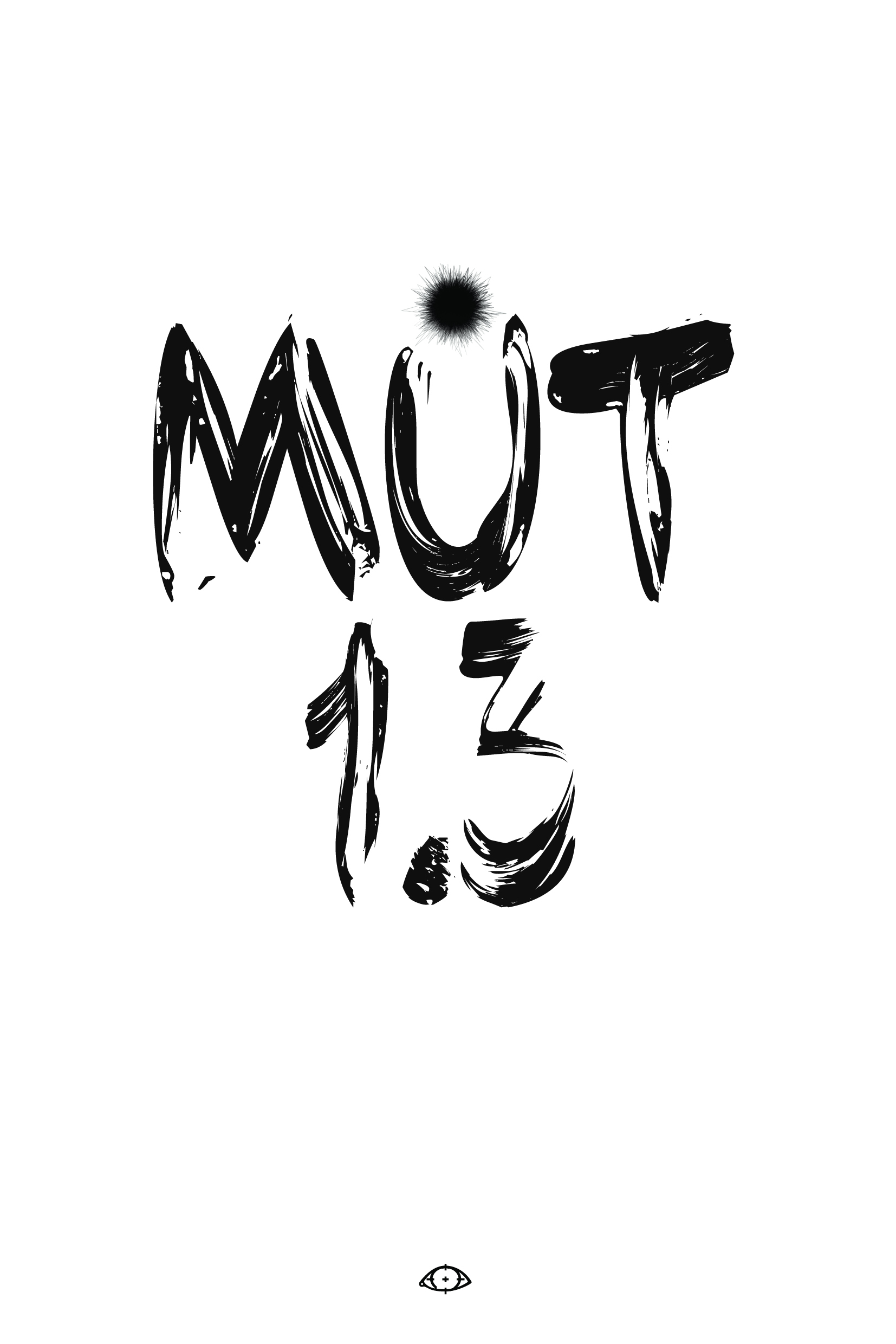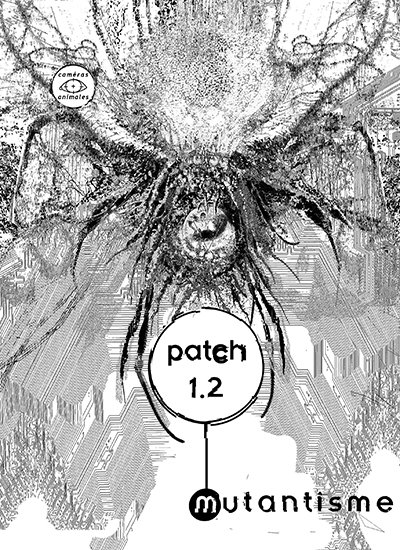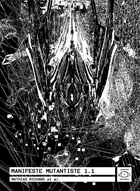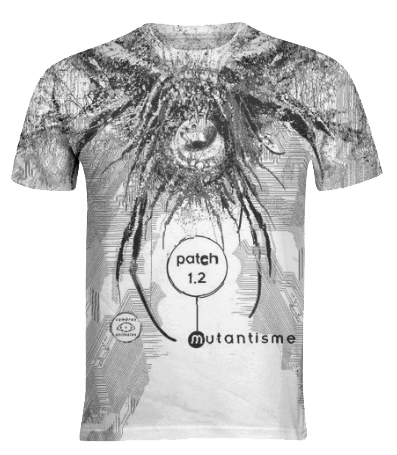Astronomers have found the first alien world that could support life on its surface. It is both at the right distance from its star to potentially harbour liquid water and probably has a rocky composition like Earth.
"That's the most exciting exoplanet I've seen yet," says James Kasting of Pennsylvania State University in University Park, who was not involved in the discovery.
The planet orbits a dim red dwarf star 20 light years from Earth called Gliese 581. Four planets were already known around the star, with two lying near the inner and outer edges of the habitable zone, where liquid water – and therefore potentially life – could exist on its surface.
Because it puts out so little light and warmth, its habitable zone lies much closer in than does the sun's. At such tight distances, planets in the zone experience strong gravitational tugs from the star that probably slow their rotation over time, until they become "locked" with one side always facing the star, just as the moon always keeps the same face pointed towards Earth.
That would mean perpetual daylight on one side of the planet and permanent shadow on the other. A first approximation suggests the temperature would be 71 °C on the day side and -34 °C on the night side, though winds could soften the differences by redistributing heat around the planet.
Travelling from one side of the planet to the other, there would be a range of intermediate temperatures, says Vogt. "The most comfortable place on this planet … is along what we call the terminator, the line between light and dark," he says. "You basically see the star sitting on the horizon – you see an eternal sunrise or sunset."
"That's the most exciting exoplanet I've seen yet," says James Kasting of Pennsylvania State University in University Park, who was not involved in the discovery.
The planet orbits a dim red dwarf star 20 light years from Earth called Gliese 581. Four planets were already known around the star, with two lying near the inner and outer edges of the habitable zone, where liquid water – and therefore potentially life – could exist on its surface.
Because it puts out so little light and warmth, its habitable zone lies much closer in than does the sun's. At such tight distances, planets in the zone experience strong gravitational tugs from the star that probably slow their rotation over time, until they become "locked" with one side always facing the star, just as the moon always keeps the same face pointed towards Earth.
That would mean perpetual daylight on one side of the planet and permanent shadow on the other. A first approximation suggests the temperature would be 71 °C on the day side and -34 °C on the night side, though winds could soften the differences by redistributing heat around the planet.
Travelling from one side of the planet to the other, there would be a range of intermediate temperatures, says Vogt. "The most comfortable place on this planet … is along what we call the terminator, the line between light and dark," he says. "You basically see the star sitting on the horizon – you see an eternal sunrise or sunset."





Aucun commentaire:
Enregistrer un commentaire